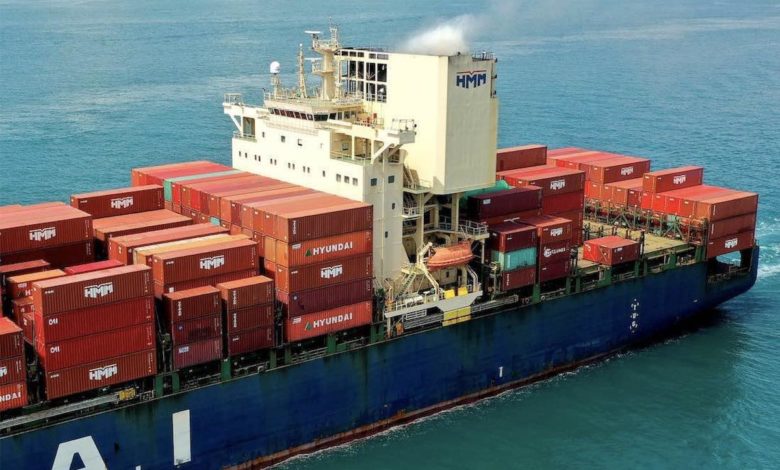Number of installed scrubbers has doubled since last year’s global sulphur cap introduction

The price gap between low and high sulphur fuel oil has failed to hit the highs scrubber advocates would have wanted to justify their investments in the 15 months since the start of the global sulphur cap and yet the number of exhaust gas containment systems installed since the key legislation came into place has nearly doubled.
Nevertheless, with the price gap now firmly in triple-digit figures there are some analysts who believe there’s still a strong financial case for scrubber-fitted newbuilds.
Shipping organisation BIMCO has run the numbers on scrubber installations since the January 1, 2020 start of the global sulphur cap – the figure nearly doubling through to March 1 this year, from 2,011 to 3,935.
Among the main shipping sectors, 15.9% of all containerships (28.7% in teu), 11.4% of all dry bulkers (22.7% in dwt), 24.5% of all crude oil tankers (29.9% in dwt) and 4.2% of all oil product tankers (13.4% in dwt) are now fitted with a scrubber.
“There is a clear tendency that it is the large ships that burn most bunkers which have been preferred for scrubber installations. But it goes for all: as voyage costs are lowered, earnings are higher,” commented Peter Sand, BIMCO’s chief shipping analyst.
The larger ship sizes favouring scrubbers is borne out by statistics from Clarkson Research Services. As of March 12 this year, 3,947 ships had had scrubbers installed, equivalent to 3.9% of the fleet in terms of vessel numbers but 20.8% of the fleet in terms of gross tonnage, Clarksons data shows.
The fuel price spread between low and high sulphur fuel oil – often referred as the Hi5 – stood at $106.5 per tonne in Singapore yesterday and $100 in Rotterdam, far below the $150 differential often cited as the outlier in terms of payback times in the run up to the introduction of the global sulphur cap.
Nevertheless, BIMCO’s Sand believes today’s prices make scrubber choices clearer for owners mulling newbuild orders.
“As the bunker price spread now seems to have found a steady level slightly above $100 per metric ton, shipowners and investors are increasingly likely to order new ships with a scrubber preinstalled today, when compared to the sub-100 dollar spread of last year,” Sand commented in a release yesterday.

To what extent do scrubbers purpose-built to remove sulfur emissions also claim “bycatch” of fine particulates?